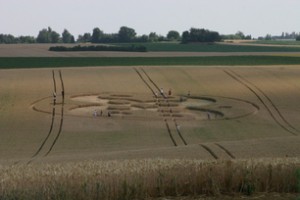update: I just realize that after enabling the port 443 for the Zimbra administration, Zimbra itself becomes no more accessible through https. An automatic redirection resdirects everything to the Zimbra administration application.
It seems that the only way to combine https access to both Zimbra and Zimbra administration applications is to use Apache in front of Tomcat.
The default port of the Zimbra administration is 7071. To enable it to 443, you need to perform the following modifications:
1. Enable SSL Connector on Tomcat
In /opt/zimbra/<tomcat_dir>/conf directory, check that the SSL connector is enabled. If it is not, change server.xml.in and remove the HTML comments.
2. Allow 443 port for Zimbra administration
In /opt/zimbra/<tomcat_dir>/conf/zimbraAdmin.web.xml.in change the following lines:
<param-name>admin.allowed.ports</param-name><param-value>7071</param-value>
by
<param-name>admin-allowed-ports</param-name><param-value>443, 7071</param-value>
Also edit /opt/zimbra/<tomcat_dir>/conf/zimbra.web.xml.in and change the 2 occurrences of the following lines:
<param-name>admin.allowed.ports</param-name><param-value>7071</param-value>
by
<param-name>admin-allowed-ports</param-name><param-value>443, 7071</param-value>
Restart zimbra and you should be able to access Zimbra administration using: https://<your mail server>/zimbraAdmin

